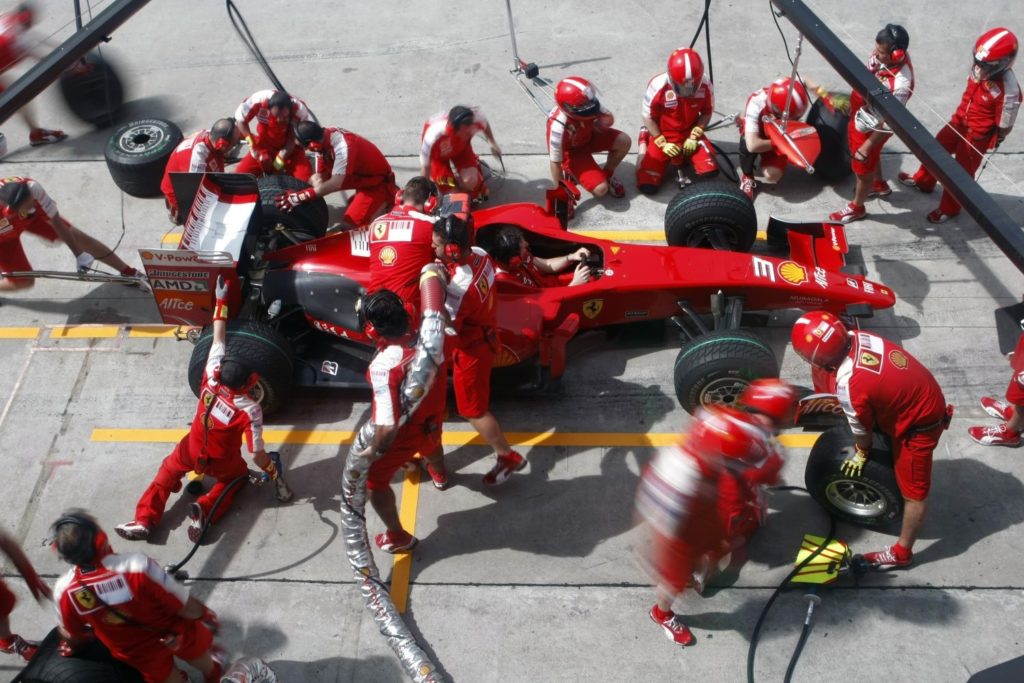A gallon of fuel weighs 6.1 pounds. This is less than water, which weighs 8.3 pounds per gallon.
Does Having Less Gas In the Tank Mean Better Fuel Economy?
Most compact sedans can carry around 12 gallons worth of gasoline, while trucks, SUVs, and vans can easily carry twice that. Reducing the amount of fuel in your tank can potentially save a bunch of weight, and the weight savings go up the bigger your vehicle’s fuel tank is. Physics dictates that a heavier weight requires more power to get moving. Additionally, a heavier vehicle will mean it will have more rolling resistance. Weight can also be a major factor when going uphill, as a vehicle will need to overcome the extra force of gravity and not just rolling and wind resistance. That said, does running with less fuel result in better fuel economy?

A typical compact sedan like the Toyota Corolla weighs around 3,000 lbs, while a mid-size sedan like the Toyota Camry weighs around 3,500 lbs. Assuming they had a fuel tank capacity of around 12 to 15 gallons, a full tank would weigh around 70 to 100 lbs. The Environmental Protection Agency states that for every 100 pounds taken out of a vehicle, fuel economy is only increased by 1-2 percent. This means running with less fuel might not result in significant fuel savings because you’re only saving a fraction of the vehicle’s total weight. Even if you were to only fill your compact sedan with three gallons of fuel, a fourth of its 12-liter capacity, you would only save 55 pounds, which isn’t really that much.

How Fuel Weight Affects Race Cars
Running a reduced fuel load in consumer vehicles isn’t worth it because the benefits aren’t worth the cost in range and convenience. In racing, this is not the case. Formula 1 cars use expensive, lightweight materials such as carbon fiber and titanium to save as much weight as possible. As a result, F1 cars only weigh around 1,750 lbs.
Unlike regular vehicles, race cars like F1 cars are so light that the weight of fuel they have on-board affects their performance. At the start of a race, an F1 car can carry up to around 242 lbs of fuel. Since the car itself only weighs around 1,750 lbs, the weight of the fuel in its tank is a significantly larger proportion of its weight compared to the weight of fuel in conventional vehicles. As a result, F1 cars lose around 0.3 seconds a lap for every 22 lbs of fuel they hold. Over a race with 50 to 70 laps, this could be quite significant.

Carrying Fuel In Emergencies
You might be wondering how much a gas can filled with gasoline weighs because you may have to carry one in case of an emergency. A gas can with two gallons of fuel should weigh around 12 lbs while five gallons is around 30 lbs.
Any information provided on this Website is for informational purposes only and is not intended to replace consultation with a professional mechanic. The accuracy and timeliness of the information may change from the time of publication.




















